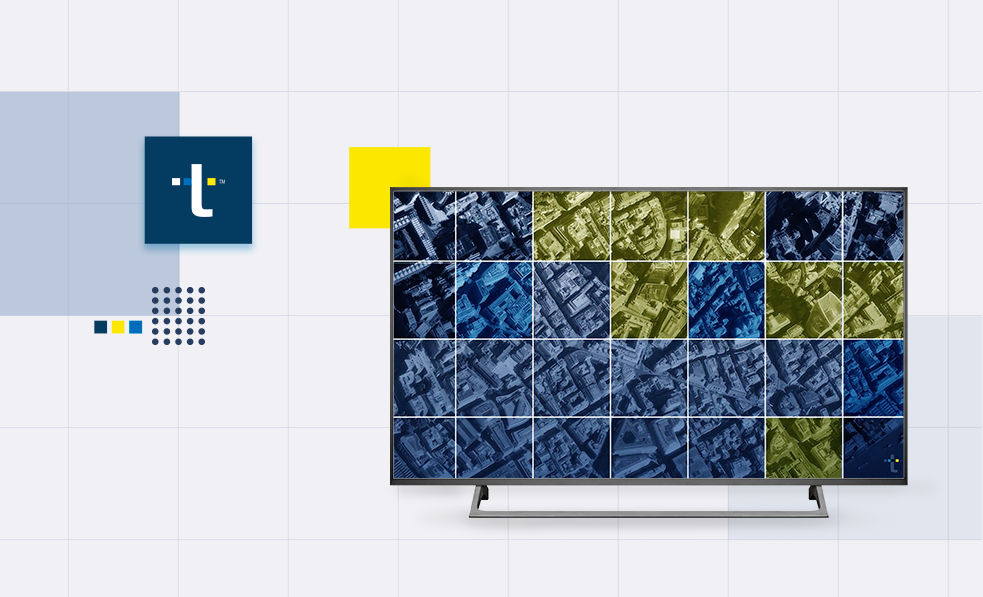You enter Loewe and you can breathe the luxury. From the moment you’re approached by the staff member, whose only job it is to open the door and wish you a good day with a permanent smile on their face, to the display shelves, where a handbag has more living space than an average Spaniard. There’s no time even to take a look at a second handbag before another perfectly attired assistant asks you if you need any help. You realise that, with five customers in the store and seven members of the staff, they leave outside the sixth customer that wants to come in, because doing otherwise would mean the service they offer would not then be quite so exquisitely personal. If you can, you leave the shop with an item wrapped in silk paper, packed in a bag of the kind you keep, because it’s always showy to carry a Loewe bag, even if it is just a paper bag.
You enter Zara and you breathe the anxiety of the search. You’re lucky if you don’t set the alarm on when you get in, and if by any chance you come across a shop assistant, they’ll look at you from the corner of their eye, and they might even smile at you, if they’re having a good day. You look around and see clothes everywhere. You roll up your sleeves and... get into battle! They limit the number of items you can take with you into the changing room because if they didn’t, it would make a perfect way to spend a Saturday afternoon playing Julia Roberts in Pretty Woman. You leave the shop with five perfectly creased garments in a bag which, if the sales are on, will be a plastic bag with a tiny handle that you can’t use again because it gets stretched too much. While leaving the shop, the clothes aren't the only baggage you'd be carrying, for there also will be the onus of guilt. The guilt of profligating so much on clothes. And knowing that you're in an individual voluntary arrangement with the debts you've taken does no good to you.
DTwo very different situations, which are indisputable: they both work. Apart from the individual mark-up, and other, mainly economic factors, it is true that the decisions of both brands are always focused on the customer. And, as they both know very well, the consumer’s expectations are never unmet. Loewe wouldn’t last more than two days if, while retaining all the other variables, it displayed everything it has in stock at the same time. Its customers would not accept a consumer experience similar to that found in Zara, with prohibitively expensive prices awaiting their credit cards at the end of the process.
The experience works as a whole
Given this approach, why is it that we continue to find apps aimed at the very Loewe target, with saturation befitting a Zara hanger full of clothes? Ladies and gentlemen, before deciding what we expect from the ad in our app, we have to ask ourselves the question: what do our users expect?
First of all, we know what the mobile medium is like as an advertising platform: it features a small screen, which is big enough only for one format per page view. And we should know how sensitive our users are about whether the advertisement appears or not, to what extent and what kind of advertisement it is. What I mean is, in case of the applications from the publishers who are user-focused, when we know which content the users value most, usability is considered the guide for development, etc., and you cannot have 100 per cent of stock sold. We can aspire to half of it at the most (if what we want is to continue treating their traffic with care, that is). If we’re talking about apps where users don’t mind advertising saturation and don’t perceive it as intrusive, the adexchange will work.
To go back to the comparison I´ve made, in a business model like the one used by Loewe, one mustn’t try to invade the app with stock, because it would sink, just as Loewe would sink if it gave the same service as Zara. Therefore, if decisions were made more coherently, there would be other types of advertising campaigns, higher margins, happy users and constant growth. In contrast, if the second model is used, there is no need for all employees to smile when they see someone come getting in, because customers don’t expect it and do not value it that much. The strategy is to fill up with stock to maximise the profit, having the app saturated at low cost. The users will still be happy.
I haven’t invented any of this myself, but sometimes the simplest starting point is the one you forget most quickly. And as a part of this sector, where everything is so new and where we are at the point of being able to do things well, I wouldn’t like editors, whether they’re from one business model or the other, to be stuck in the middle, as Porter put it. Having said that... it´s time to decide!

















